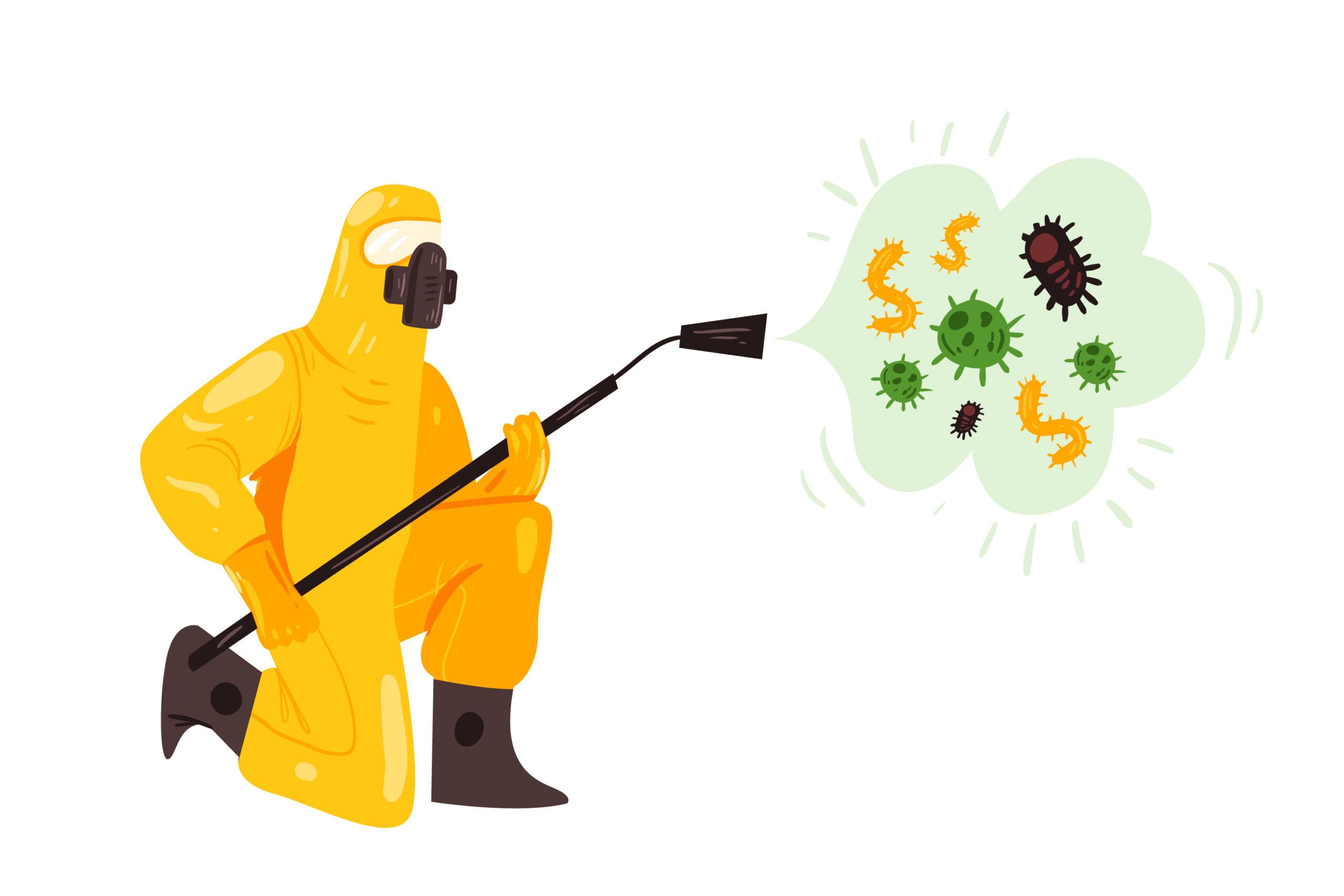
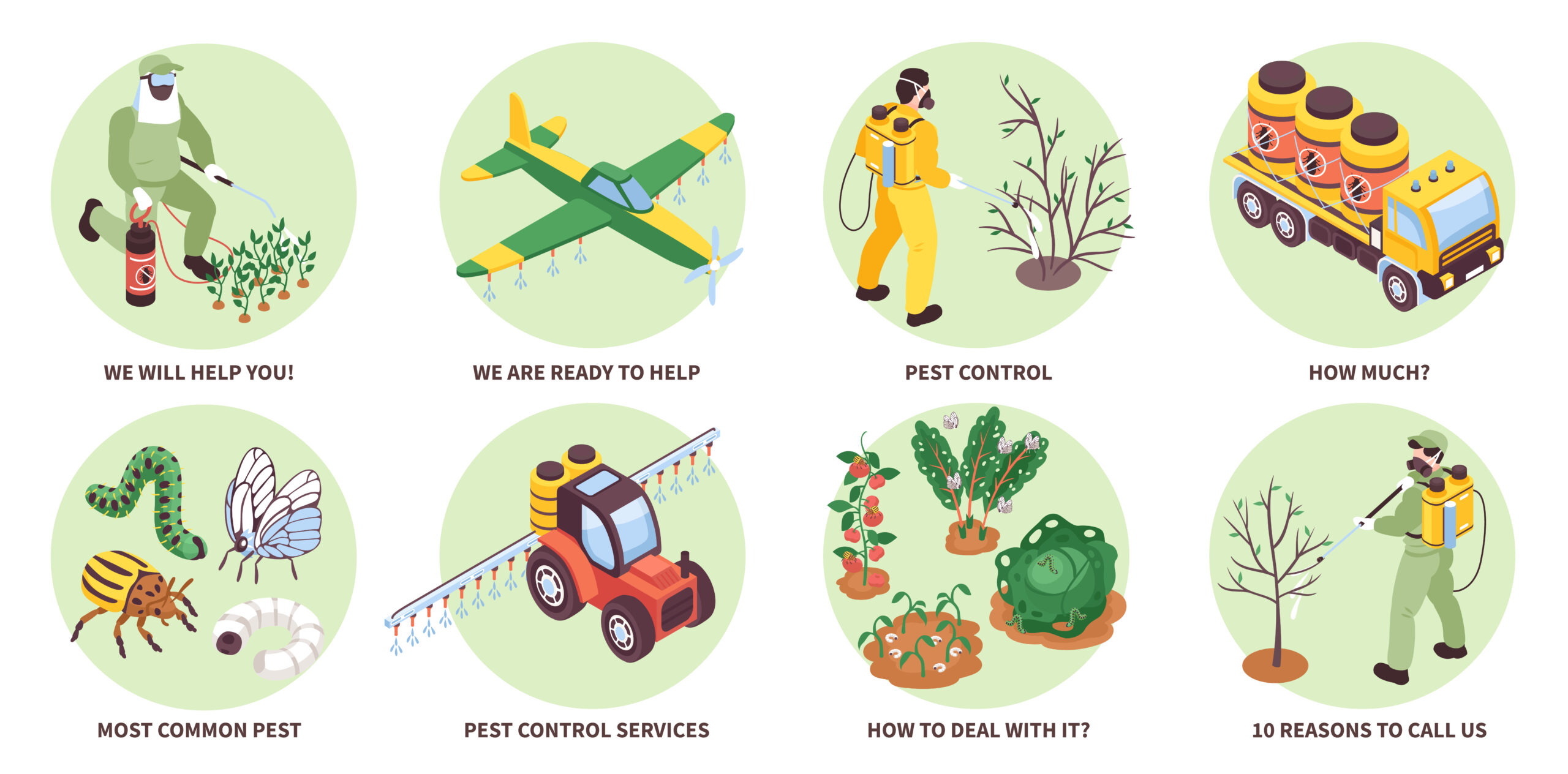
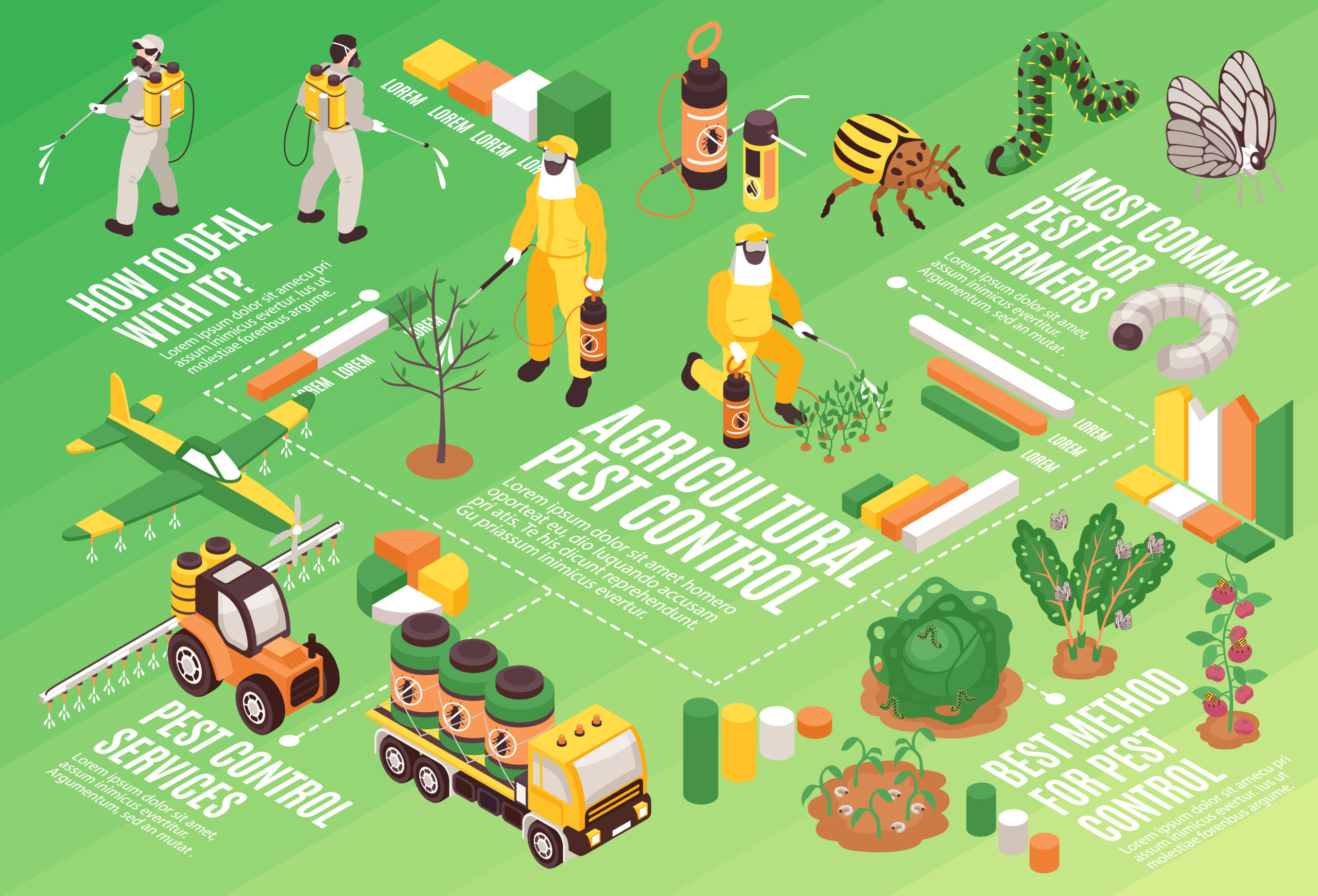
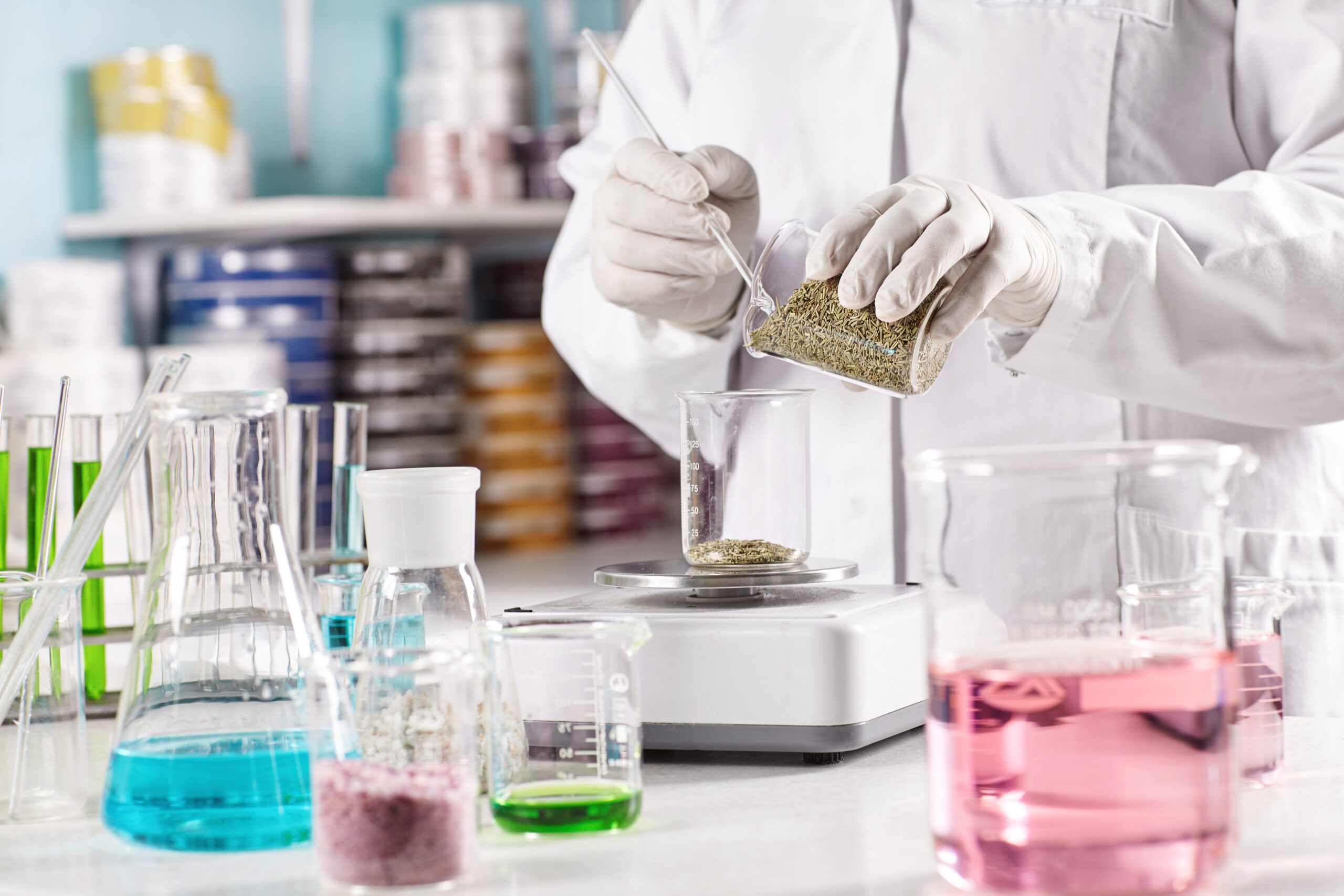
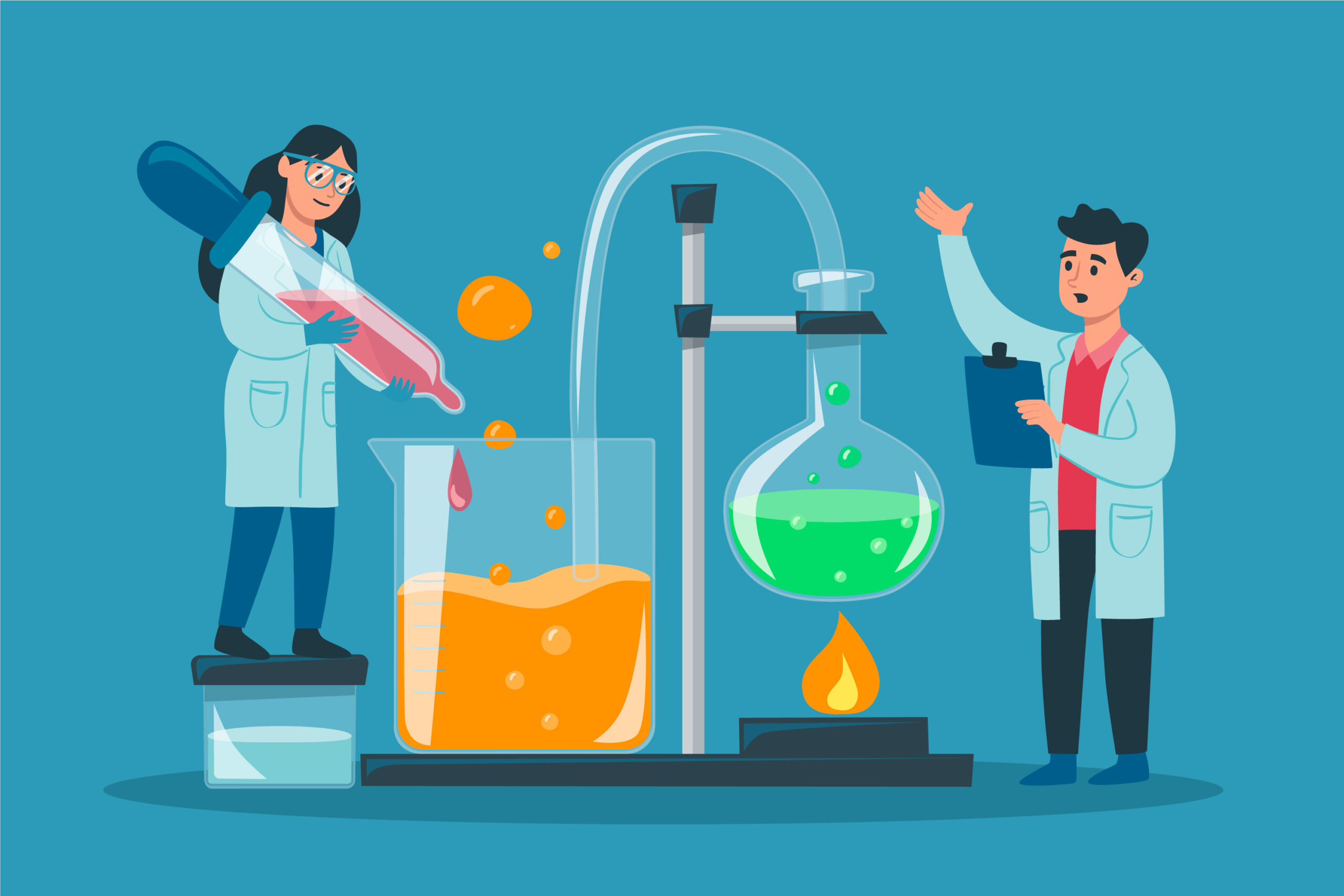
pesticides and formulations
Pesticides:
Pesticides are chemical or biological substances used to prevent, destroy, repel, or control pests such as insects, weeds, fungi, rodents, or other organisms harmful to crops, stored products, animals, or human health.
- The word “pesticide” includes insecticides (against insects), herbicides (against weeds), fungicides (against fungi), rodenticides (against rodents), and many others.
- They can be of synthetic origin (man-made chemicals) or biopesticides (derived from natural materials like bacteria, plants, or minerals).
Pesticide Formulations:
A pesticide formulation is the final form in which the pesticide is manufactured, packaged, and sold to end-users. Pure pesticide active ingredients are often too toxic, unstable, or concentrated to be applied directly. Formulations make them safe, effective, and easy to use.
Examples of formulations include:
- EC (Emulsifiable Concentrate)
- WP (Wettable Powder)
- SC (Suspension Concentrate)
- GR (Granules)
- DF (Dry Flowables)
- CS (Capsule Suspension)
Uses of Pesticides and Formulations:
- Agricultural Uses:
Protect crops, improve yield and quality, reduce post-harvest losses.
- Public Health Uses:
Control mosquitoes, flies, rodents to reduce disease spread.
- Veterinary Uses:
Protect animals from parasites like ticks, mites, and worms.
- Household & Industrial Uses:
Termite control, insect repellents, weed control.
Importance of Pesticide Testing
- Quality Control – Ensures AI concentration matches label claim.
- Human & Environmental Safety – Toxicology and residue studies ensure safe use.
- Regulatory Compliance – Mandatory before product registration and approval.
- Efficacy – Confirms effectiveness against target pests.
- Environmental Protection – Checks persistence, contamination, and non-target safety.
Our Facilities :
- Active Ingredient assay (by HPLC, GC and UV-Vis)
- Appearance
- Acidity / Alkalinity
- Cold test
- Degree of dispersion
- Emulsion Stability
- Flash Point
- Loss on drying (LOD)
- Moisture
- Material Insoluble in Acetone
- Melting Point
- Odor
- Persistence Foam
- pH Range
- Physical State
- Pourability
- Solubility in Water
- Solubility in Organic Solvents
- Specific Gravity
- Spontaneity of Dispersion
- Suspensibility
- Accelerated and Real-time Storage Stability
- UV-Visible absorption spectra
- Wettability
- Wet Sieve Analysis
Submit Your Query for Testing.
Ensure the purity and safety of your product with our trusted testing services. Share your requirements, and we’ll provide accurate and reliable results tailored to your needs.
